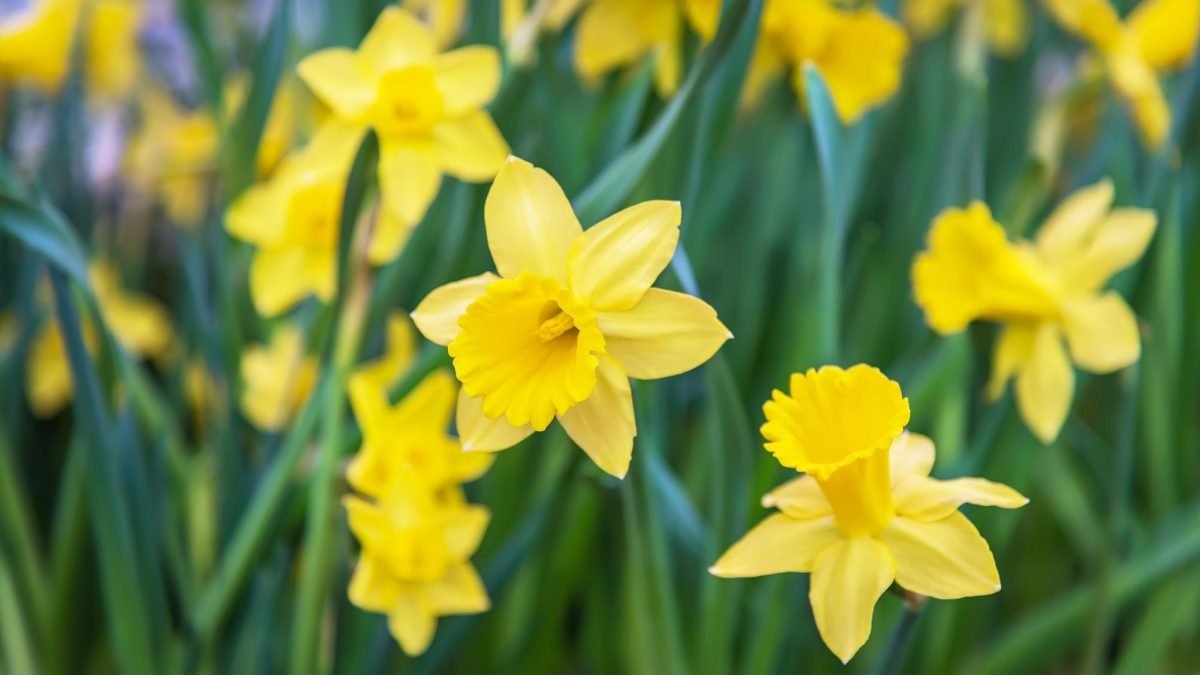Master Gardener Ashley Seiss not only teaches English at FHN, but enjoys all kinds of plants as well.
“There is something really fascinating about the evolution process as [plants] grow and mature,” Seiss said.
While many plants are better suited to be planted in the fall so they will bloom in the spring (such as daffodils, tulips, and crocuses), there are some that can be planted in the spring to start with, such as pansies, primroses, and violas according to Longwoodgardens.org.
“Every plant has its own specific needs in terms of light, water, food, all those things,” Seiss said.
Also according to Longwoodgardens.org, some of the best vegetables that will resist the frost include broccoli, kale, carrots, and lettuce. These can be seeded directly into the ground or pots. However, what to grow and how to grow it, especially during the springtime, can vary depending on where you live.
“The United States is split up into a bunch of different growing zones,” Seiss said.
For Missouri, springtime plants require higher levels of humidity, water, and sunlight to grow well.
“You have a couple of different factors at play, like temperature and average moisture levels,” Seiss said. “If there’s no human intervention, then you also run into things like soil quality [issues].”
The varying soil quality is a large issue in Missouri, while other factors are at play as well.
“When you think about the things that a plant needs to grow, sunlight is a huge factor in it,” Seiss said. “So depending on what you have in terms of light exposure really dictates what you’re able to grow and that’s across the board, whether that’s indoors or outdoors.”
For Therese Sumner, plants are a way for her to enjoy the outdoors and connect with her parents, who got her into gardening.
“I like that they get me outside mostly,” Sumner said. “But they’re just beautiful. You know, they just survive and stuff.”
When beginning to garden, both Sumner and Seiss recommend getting plants from local nurseries as opposed to large chain stores because they will have more information and native plants to choose from. Sumner also gives a tip on how to keep plants alive.
“We gardeners know one of our biggest problems is we overwater things,” Sumner said. “Everybody does it.”
As a master gardener, Seiss has had to learn the best ways to take care of her plants, and this includes the appropriate amount of sunlight, soil, water, love and care. Because of all of this, she offers wisdom on the best way to keep gardening.
“Temper your expectations,” Seiss said. “I think how we define success makes a huge difference. You have to be able to roll with the punches, be flexible and be open.”











